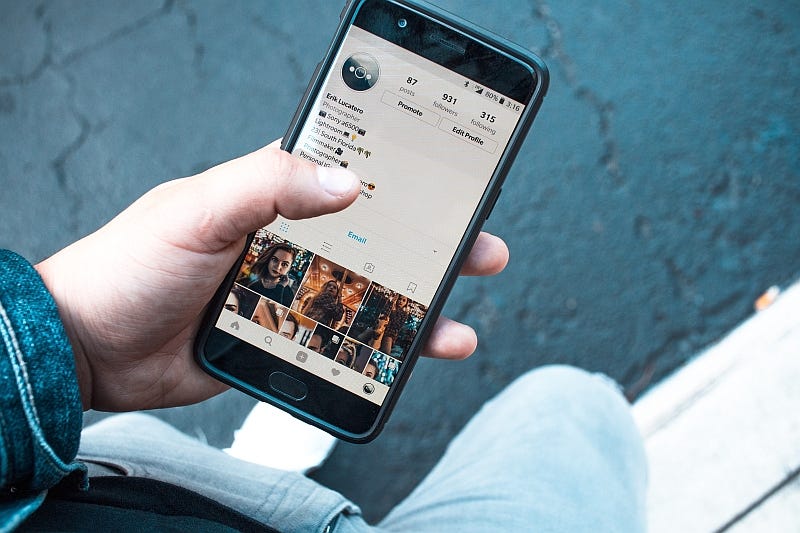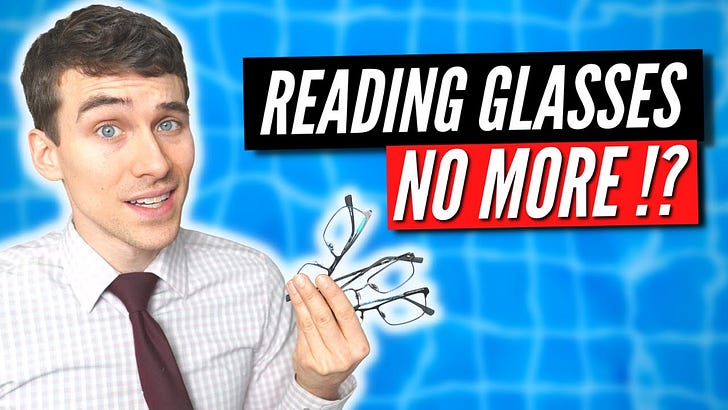Instagram has been around for a decade.
A good time to look back and see why it overtook other picture sharing sites of the time
It wasn't the pretty interface alone that did the job
The founders were very clear about the problems they were solving.
Back in 2010 mobile cameras took terrible pictures.
Filters were a beautiful way to camouflage the poor quality.
Uploads had to be optimised - it took as long as two minutes over a slow 3G network.
Third - and here's the twist. When users uploaded pictures, they composed captions.
That would take a few minutes as they thought of something smart to say.
The image upload would begin in the background. So by the time users approved the picture for publishing, it was ready.
And what if the picture was discarded midway?
Instagram figured that the pleasure of having the picture appear immediately would compensate for any processing resources wasted.
Now, that was a strategically important user experience decision. Genius.
So, Instagram solved three major problems at once. Uploads, speeds and good looking images.
That's where the billion dollar valuation journey began.
The influencer boom came much later!
Photo by Erik Lucatero on Unsplash
Stardust is looking a lot like plain dust
The pandemic has reduced stars to commoners.
Movement restricted and wearing masks when they step out, they no longer inhabit planets out of reach.
Their world looks a lot like ours.
From risotto and hummus to biriyani and bread rolls on Insta feeds.
Or a game of carrom in the living room.
Remember when newscasters were bleary-eyed anchoring news shows from their apartments?
Looking lost without glitzy sets and the sweeping cameras.
The glamour had chipped and peeled, revealing the plainness within
It takes an army to create that atmosphere.
The studio with its graphics and the makeup people with their magic.
Creating an ethereal realm we are drawn to everyday.
Now, for the past few months, there are no showstopping fashion ramp walks.
No swirling in superbly lit and rendered environments to elevate the aura.
It's as if you met Superman at the laundry handing his suit to be washed.
And he didn't even look at you.
We think there's a different world out there on TV and in the movies.
We don't want our stars to be ordinary beings.
That smashes the dreams in our minds.
And we don't want that, do we?
The highways under the ocean
They are almost as widespread as the ones on land
Facebook, Google, Microsoft and Amazon are big players in the data transportation business.
Moving on the ocean floor across the world.
Over 750,000 miles of cables have already been laid. The capacity is being expanded every year.
The daily deluge of data these companies have to handle is hard to comprehend.
What holds it all together is this network connecting continents and countries.
They end up in massive data centres at the landing points from which they trickle through to our mobile phones, laptops and desktops.
And as we consume data while travelling, we assume that all this happens through the air.
Nothing could be further from the truth.
We have these fancy words to describe it. Digital, Virtual, Wireless.
But they are all anchored in cables buried in oceans.
Where the transfer rates break speed limits with each successive generation.
The latest is 26.2 Terabits per second on a 4,000 mile transatlantic cable jointly owned by Facebook and Microsoft.
And you thought 1 GBPS was fast?
As the world moves to 'cloud computing' the reality could not be more ironic.
The virtual world we move through everyday is anchored in a sea of data. Literally.
Cat videos. TikTok. Money. And games.
Mind blowing, isn't it? And these networks, or highways will just keep growing














Share this post